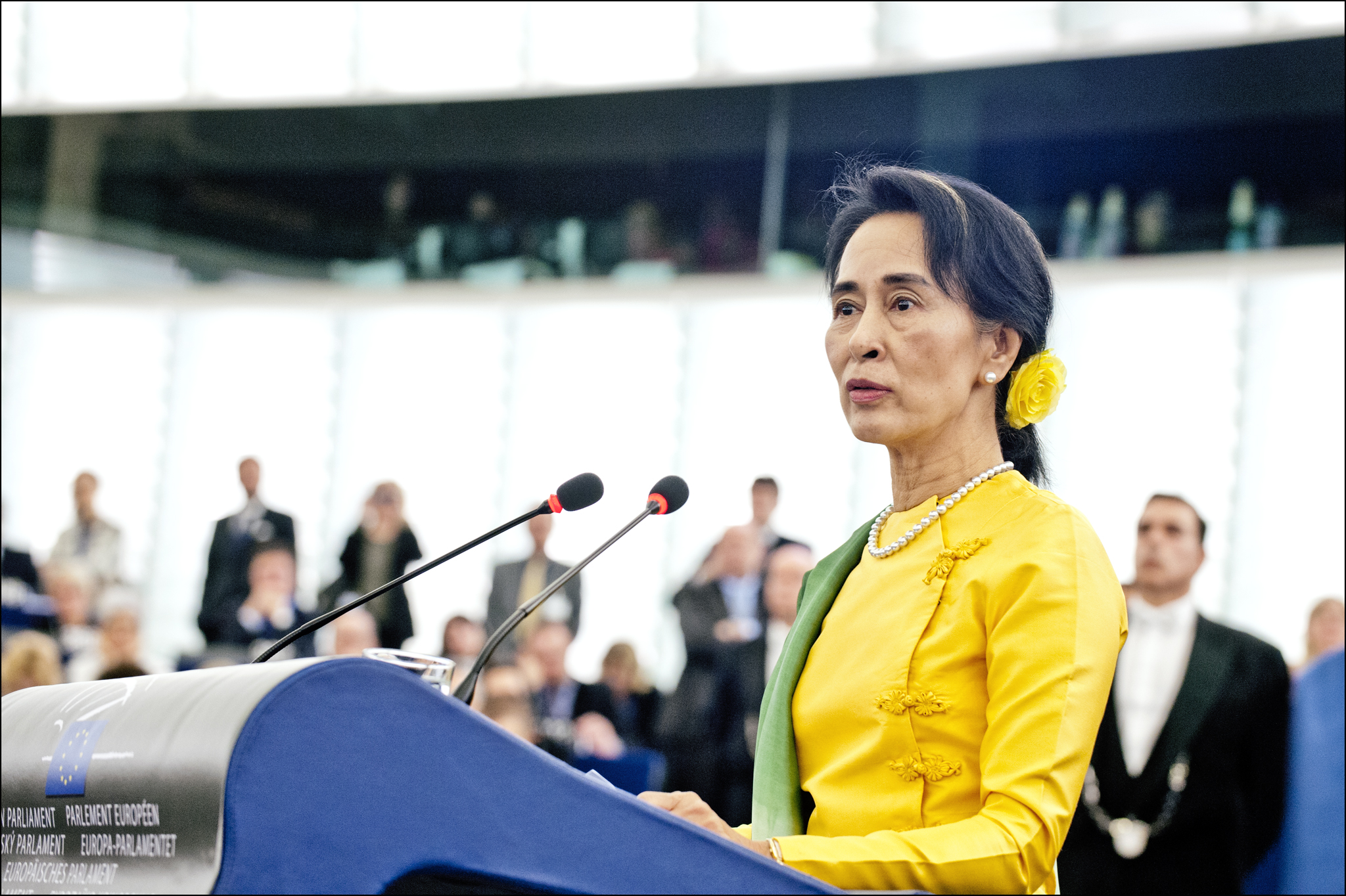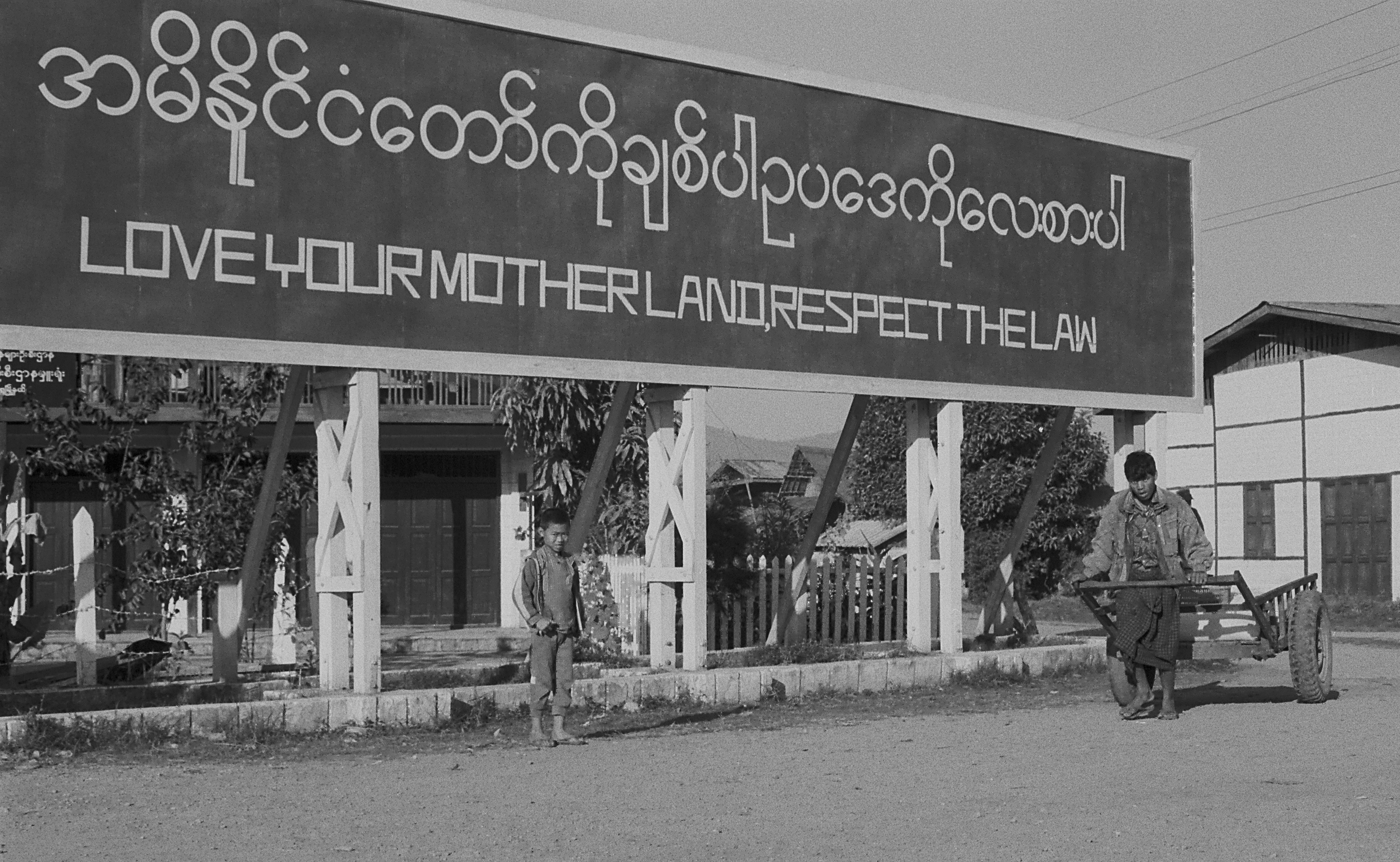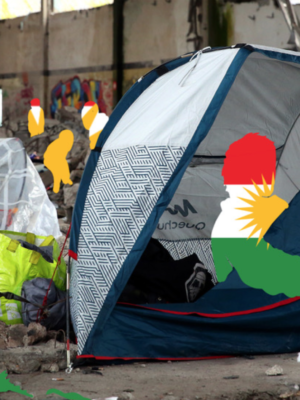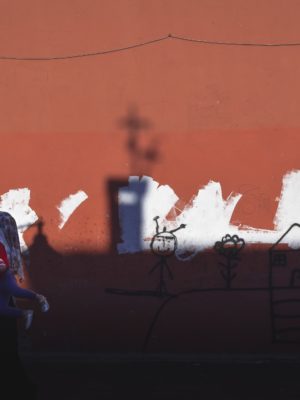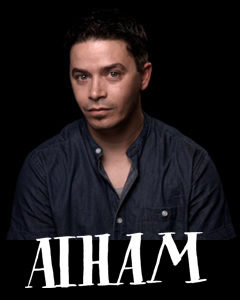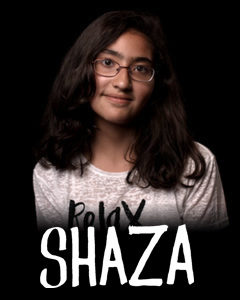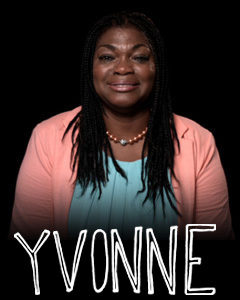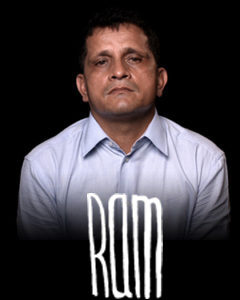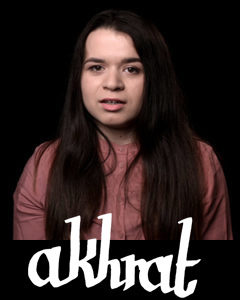Disasters & Conflicts: Myanmar. Conflict, 1948-current
Myanmar (previously Burma) is fighting for more democracy since the military coup in 1962. A brief overview of the history of the conflict.
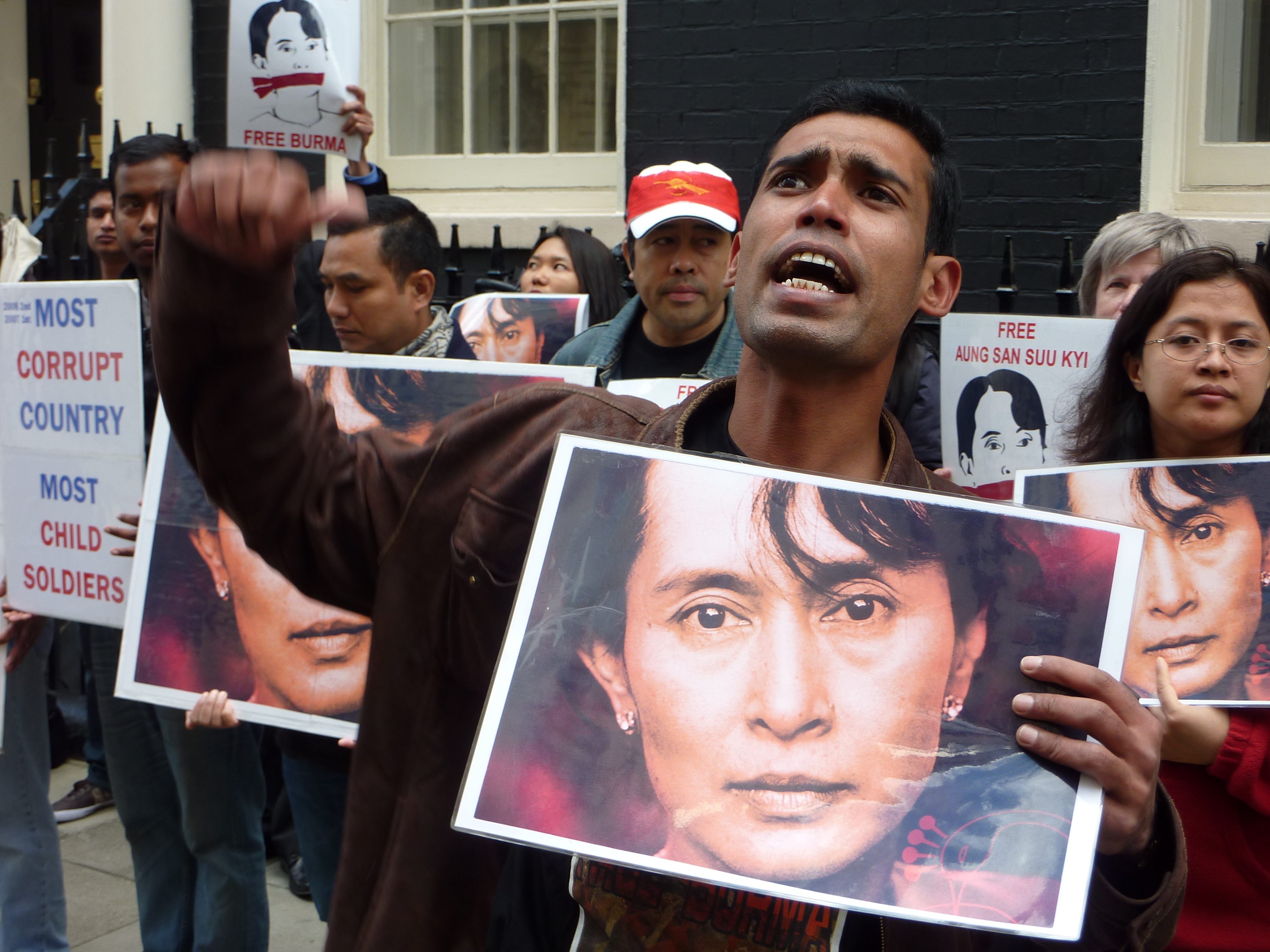
Myanmar. Conflict, 1948-current
Country: Myanmar (previously Burma)
Period: 1962-present
Type of conflict: Oppression of ethnic minorities
Conflict: Ethnic minorities are oppressed by military rulers
Parties involved: The military government, the opposition, militant groups, ethnic minorities
Number of victims: Number of deaths unknown. More than 1.5 million displaced people within country’s borders
The army has been in power in Myanmar since the military coup in 1962. It represses all forms of protest and is guilty of mass murder, torture and rape of minorities. Sections of the population are forced to relocate to other parts of the country. People, including children, are forced to work for the regime. Western countries impose numerous sanctions on the army.
Elections are held in 2010 in response to protests by monks, but the army ensures it retains power in the government by reserving 25 percent of the seats in parliament for itself. Reforms are introduced, however, and a suspension of hostilities is agreed with rebels from ethnic minorities (the Karen and Shan groups). International sanctions are gradually lifted.
Between 2008 and 2012, democratic reforms are cautiously implemented. In 2010, the regime lifts the house arrest imposed on the almost mythical opposition leader Aung San Suu Kyi. And in 2011, Myanmar adopts a new constitution that ends military rule. A year later, the party of Aung San Suu Kyi is even allowed to take part in elections, even though only 45 of the 664 seats in parliament are vacant. NLD, the party of Aung San Suu Kyi, wins 43 of the seats.
In 2015, NLD does secure an absolute majority in the Myanmarese upper and lower chambers. Because Aung San Suu Kyi is prohibited from becoming President, she is given a role similar to that of Prime Minister. This marks the start of an unstable collaboration between the former military rulers and the opposition. People gradually acquire greater freedom.
Predominantly Buddhist, Myanmar’s population is made up of various ethnic groups, with the Shan and Karen minorities sometimes subjected to violent repression during the period of military rule. But in 2012, the violence is directed at Rohingya Muslims, most of whom live in the west of Myanmar. Rioting erupts after an incident in which a Buddhist woman is said to have been raped and killed by a Muslim. In addition, local Buddhists attack Rohingya people. Hundreds are killed and around 100,000 Rohingyas are left homeless. Violence continues over the following years. The government in Myanmar, including Aung San Suu Kyi, fails to act on behalf of the Rohingyas.
Starting in 2016, the army in Myanmar carries out operations in the north-west of the country, where most Rohingyas live. Since the start of the operation, there are increasing reports of murder, torture and rape among this ethnic minority. Once again, hundreds of thousands of people are forced to flee their homes.

